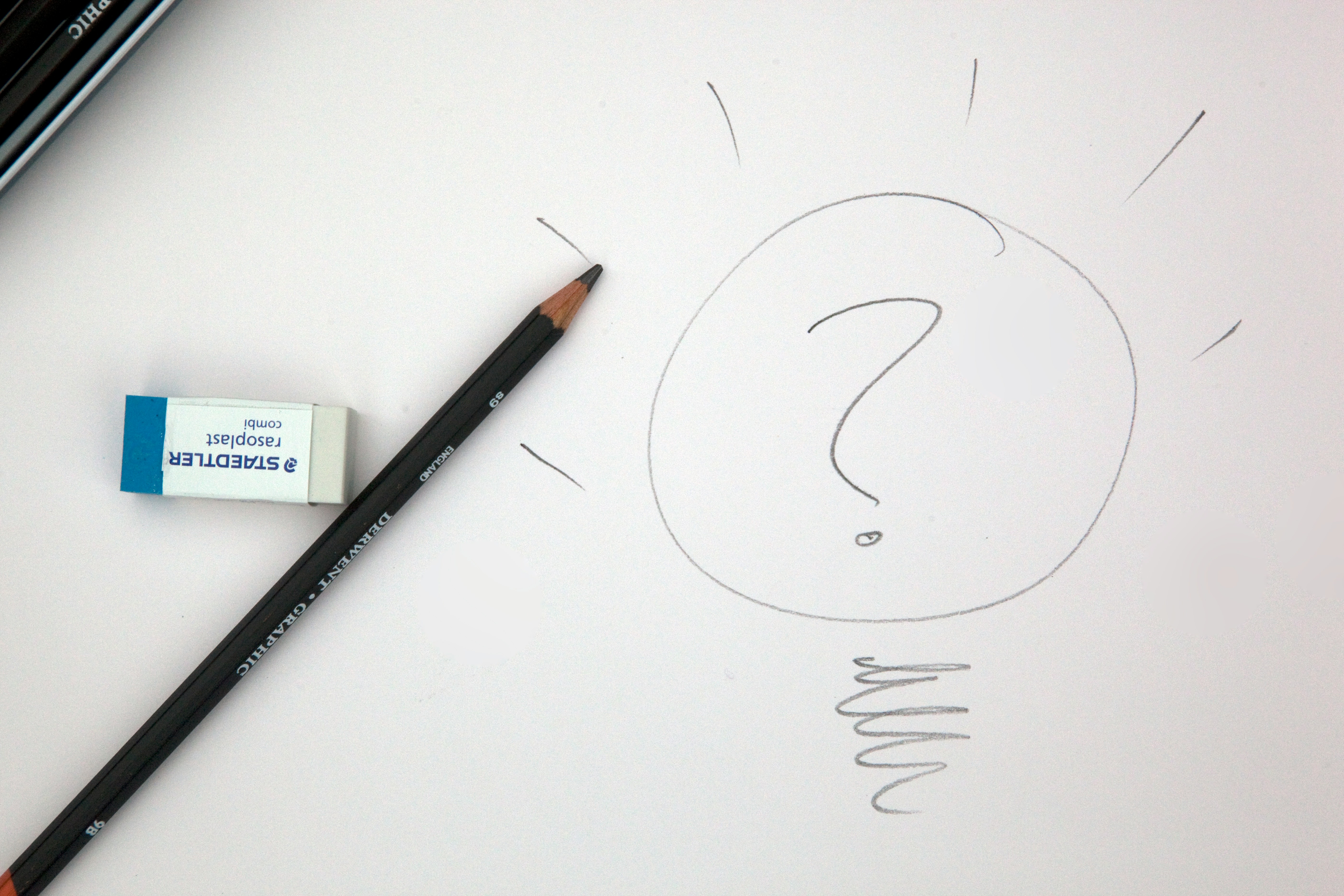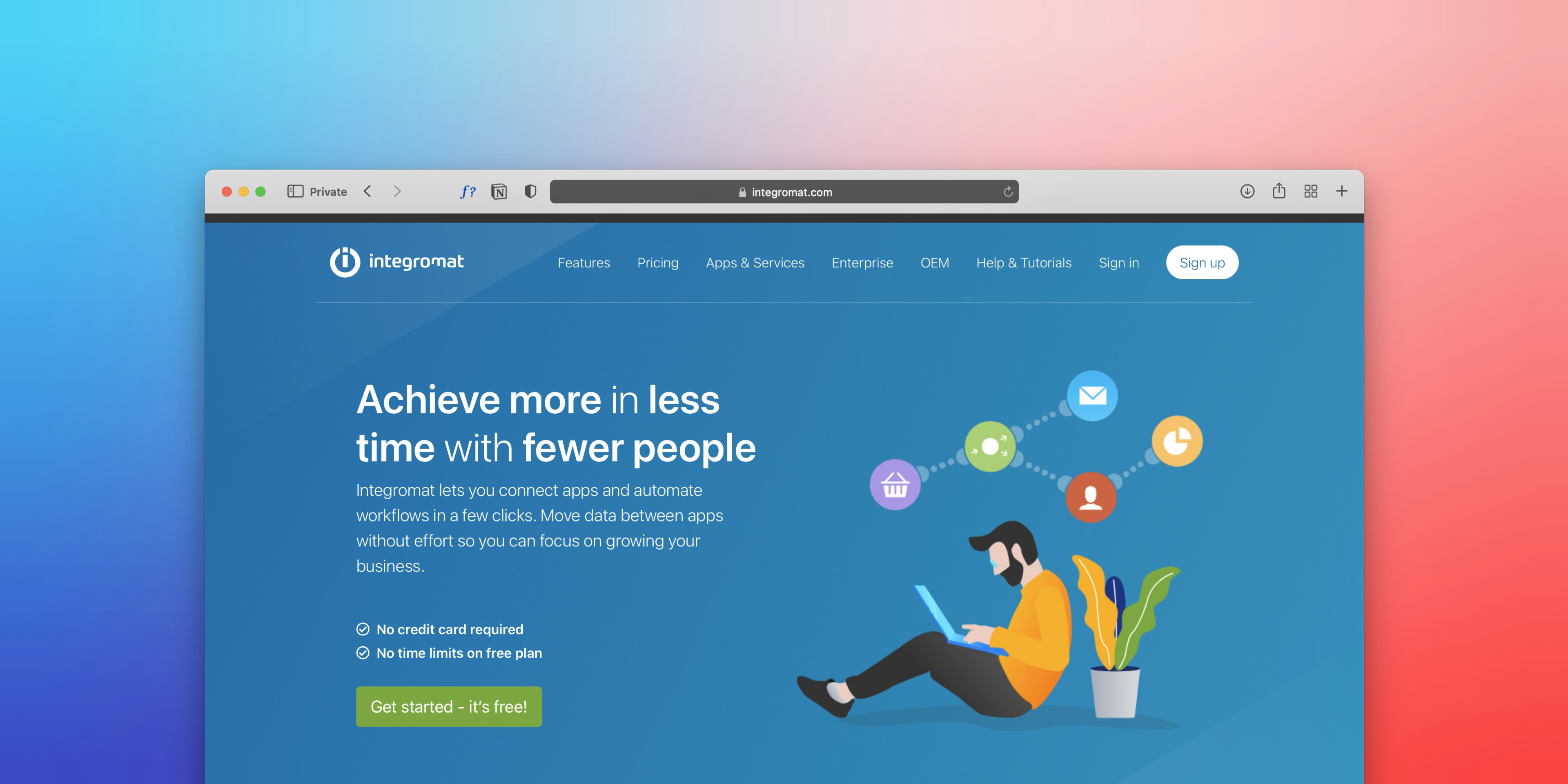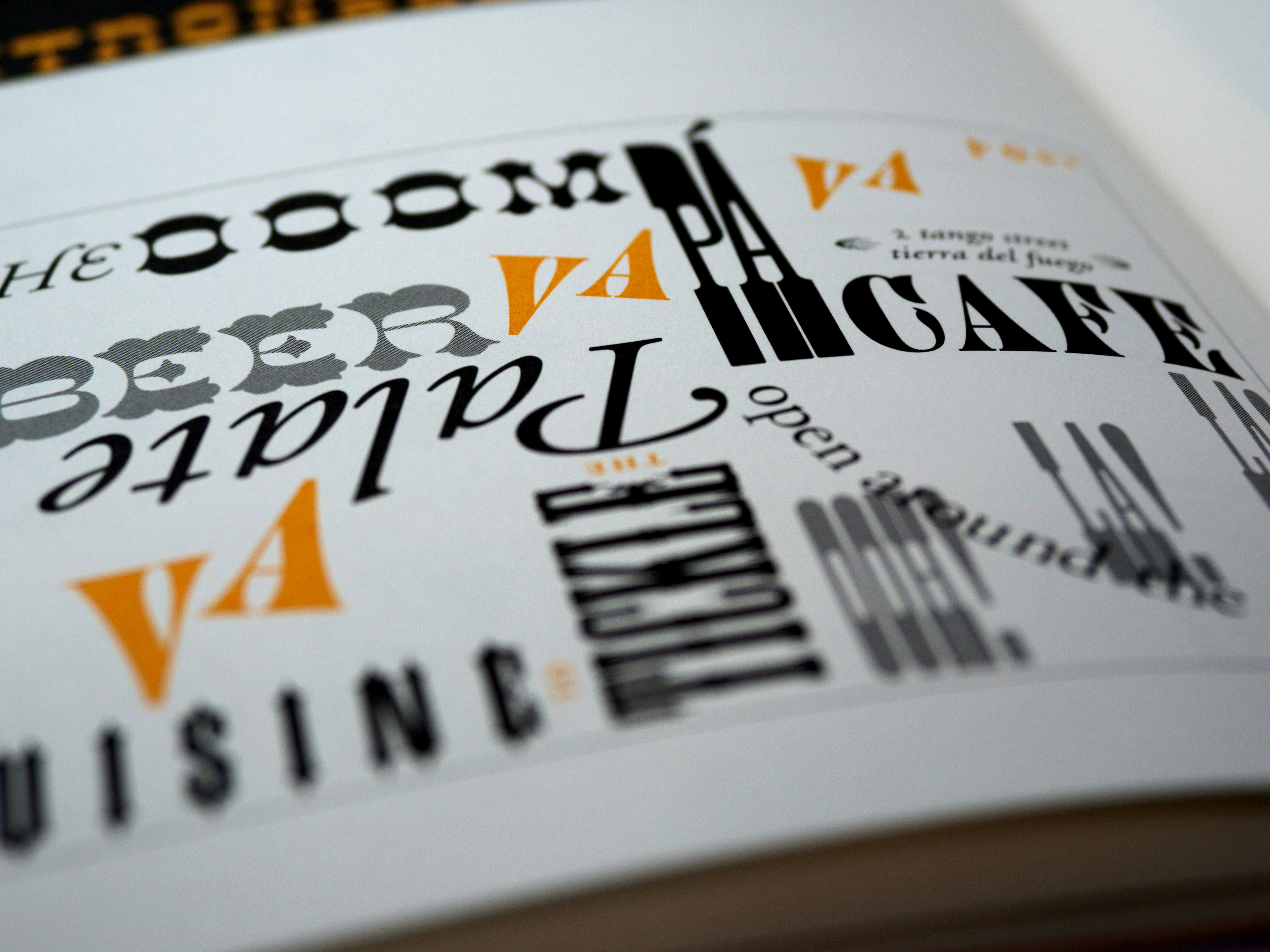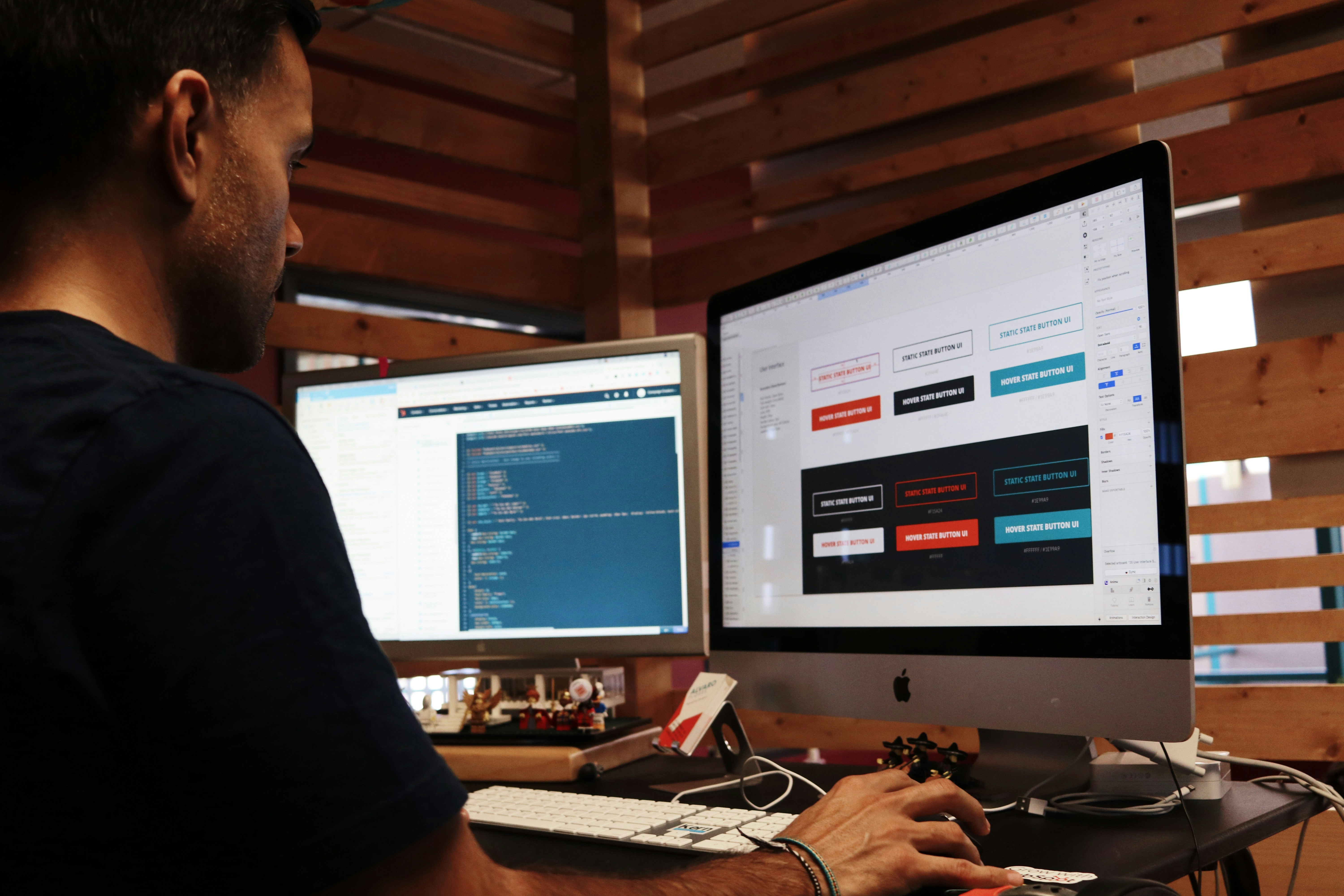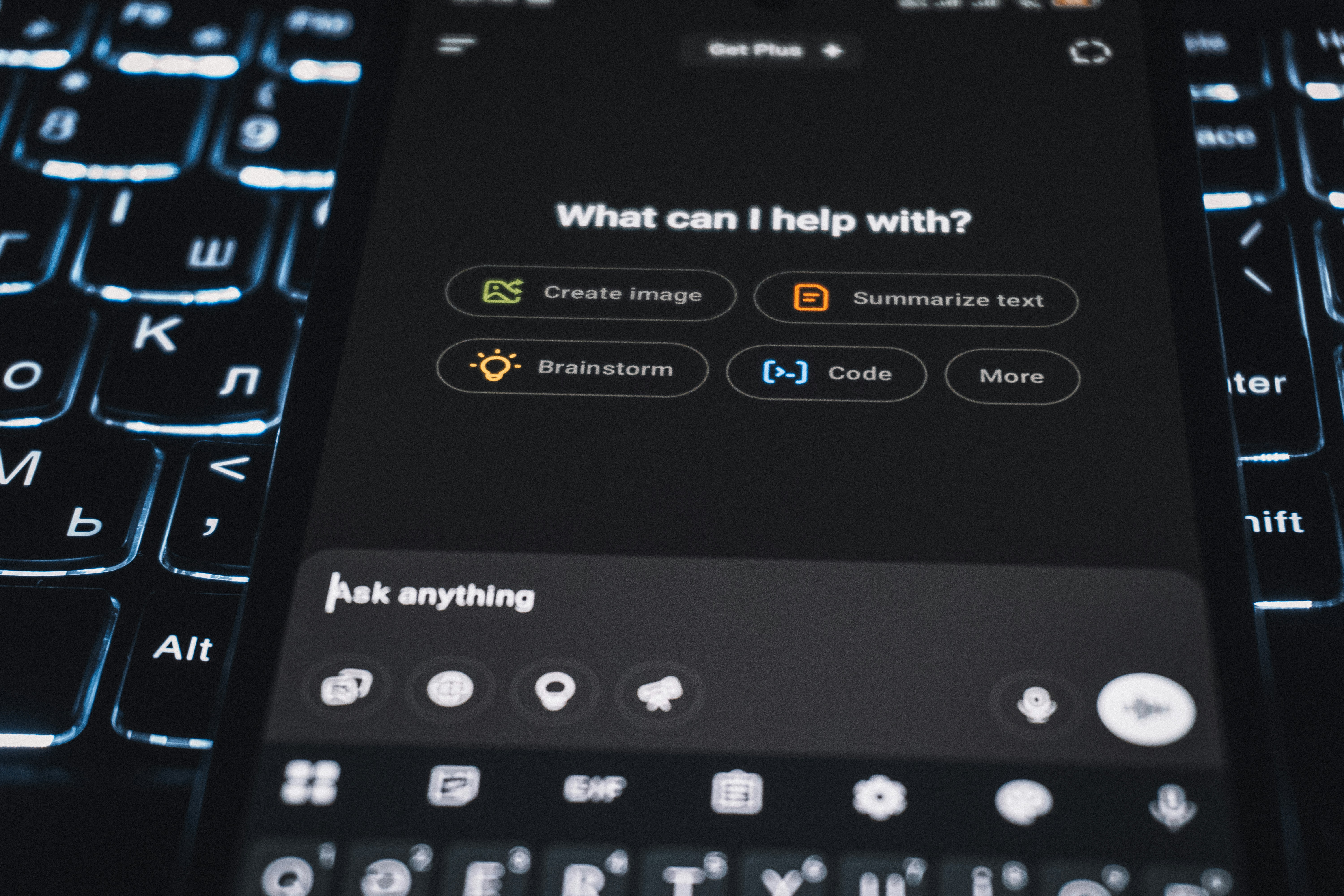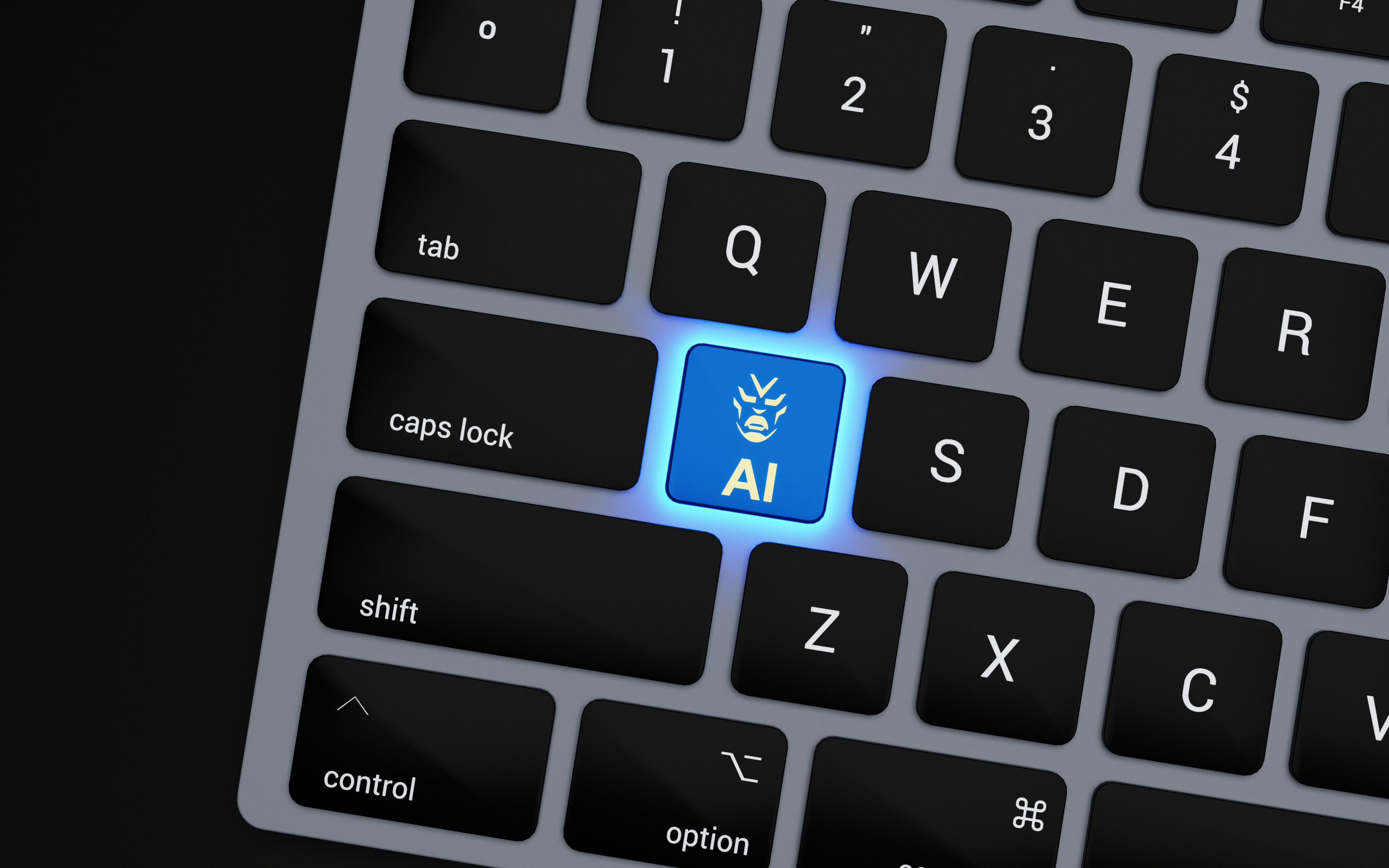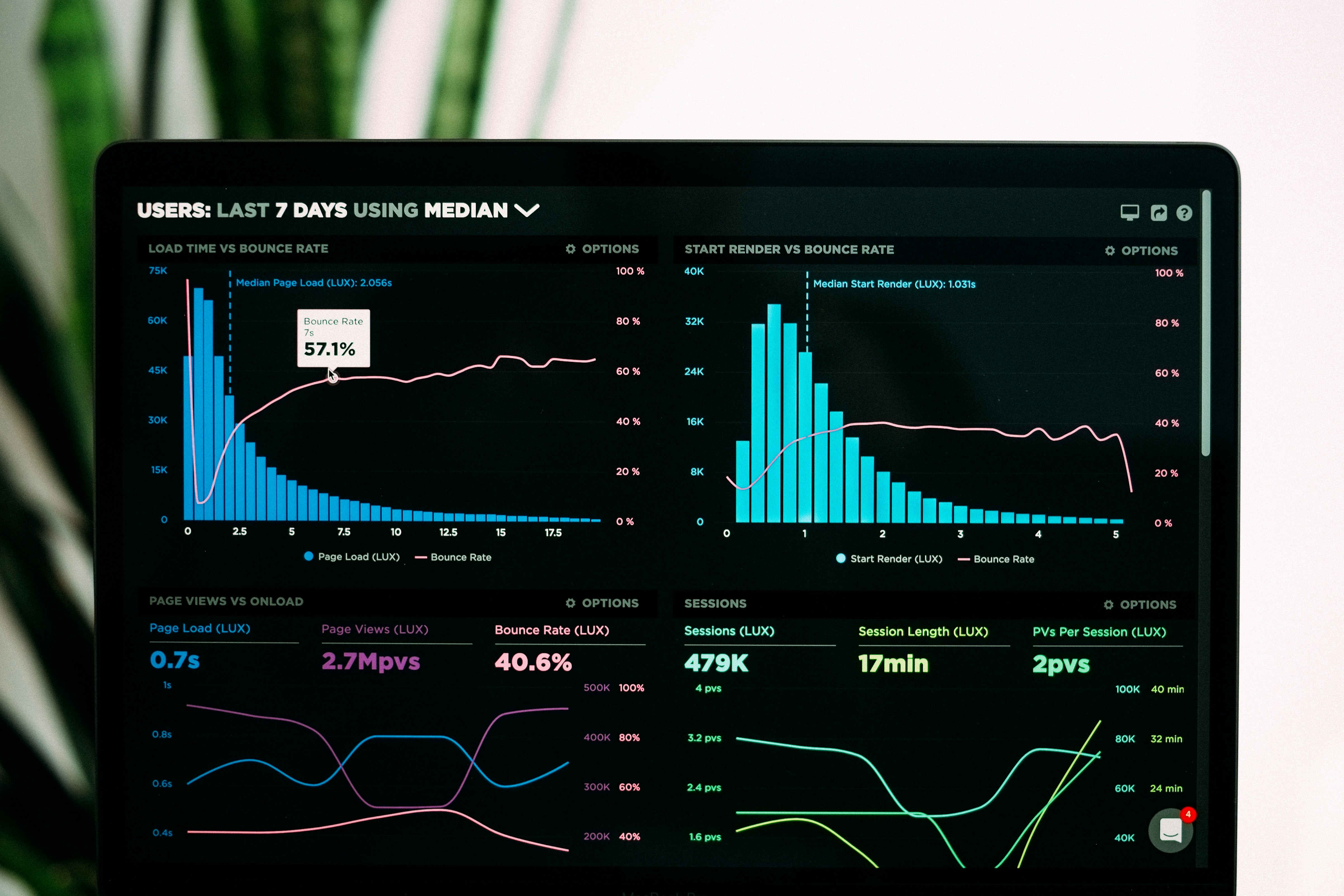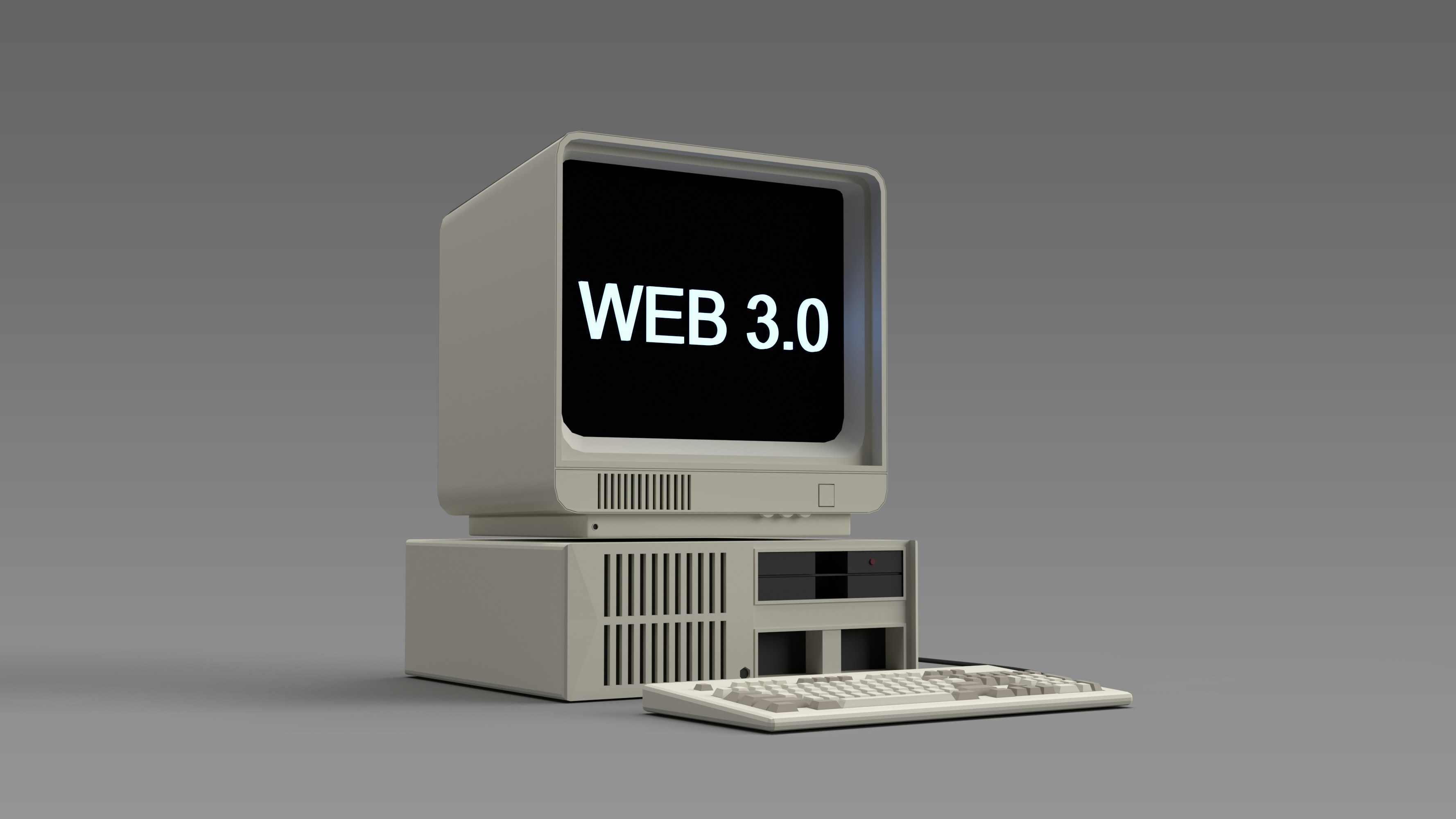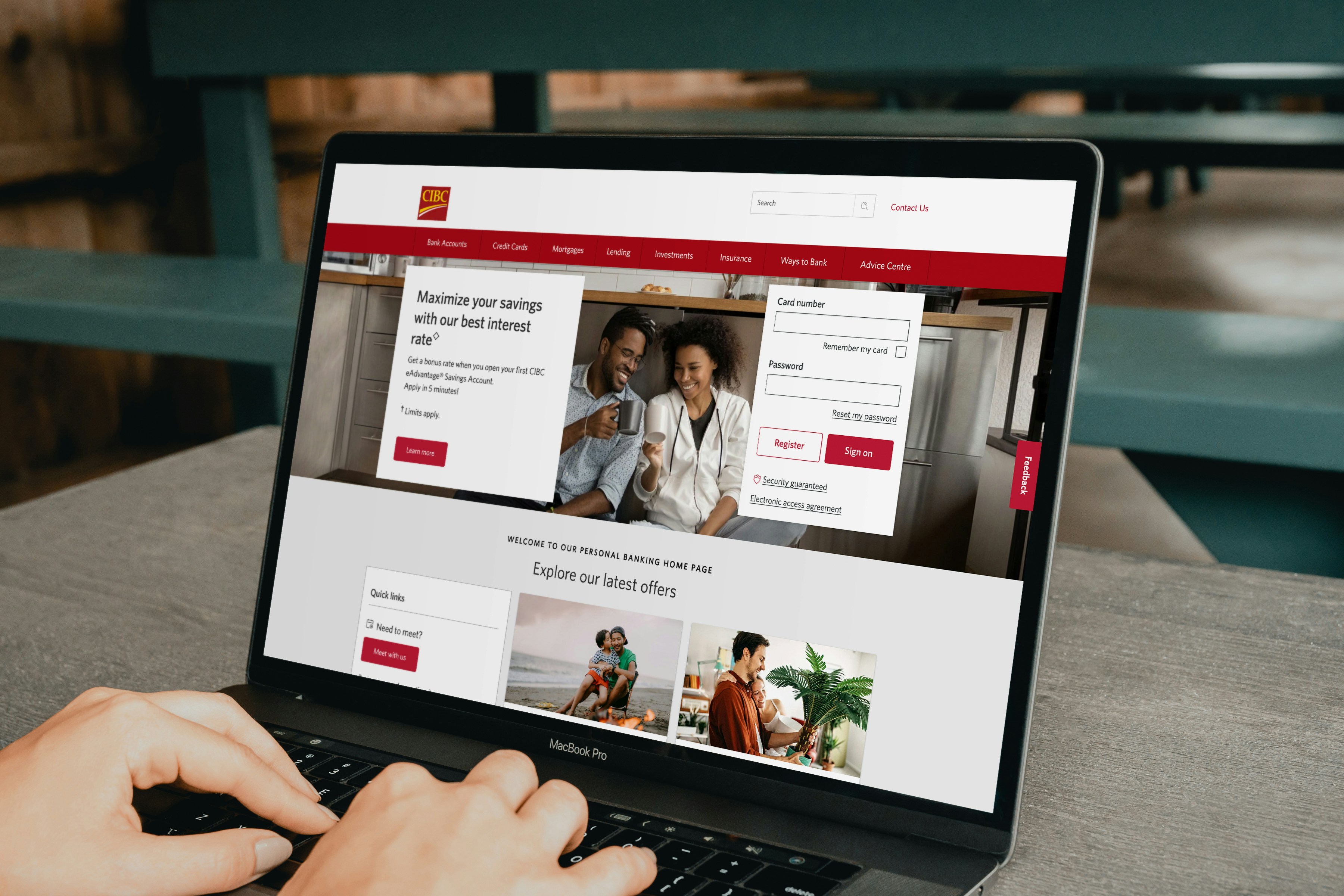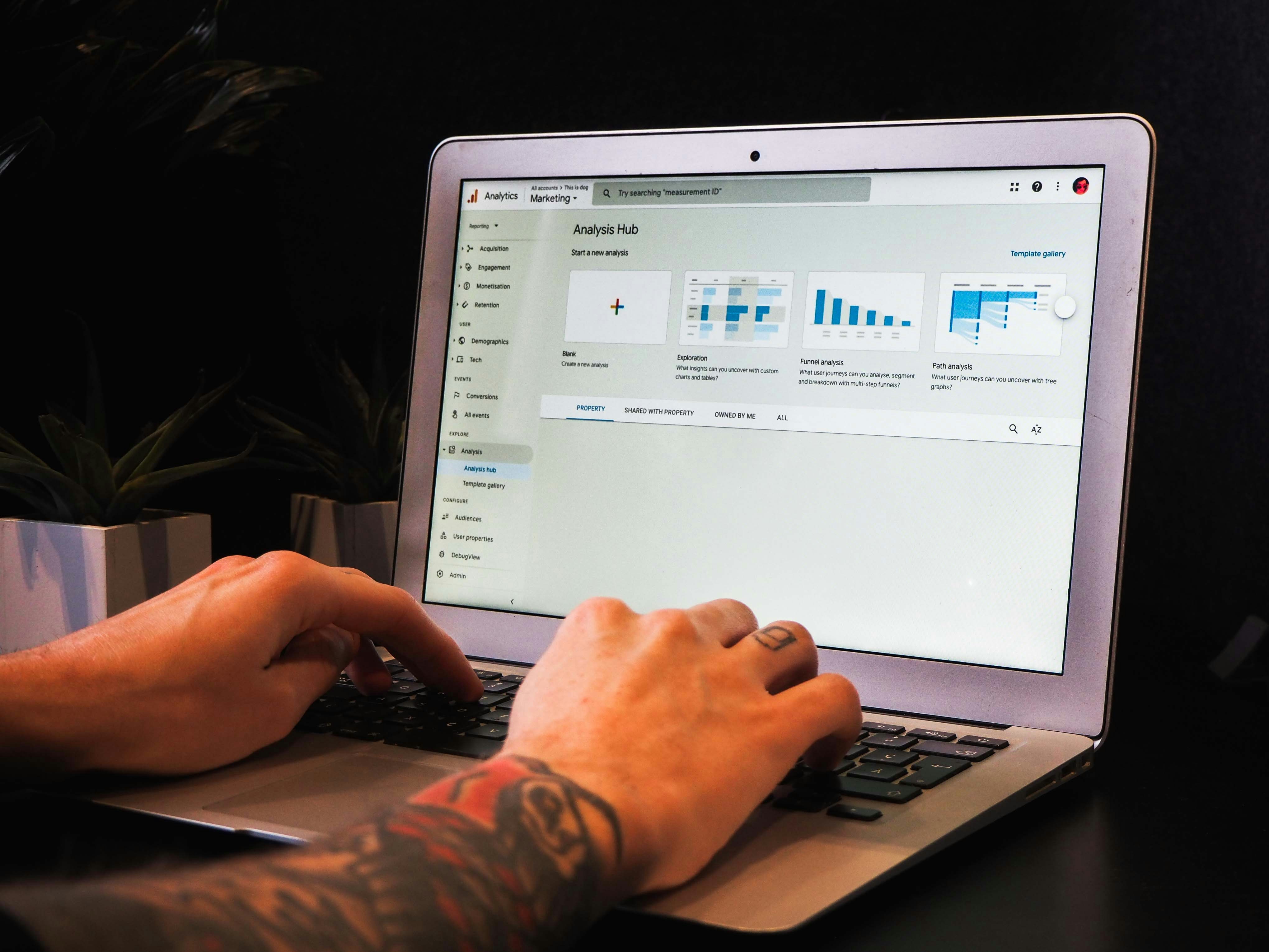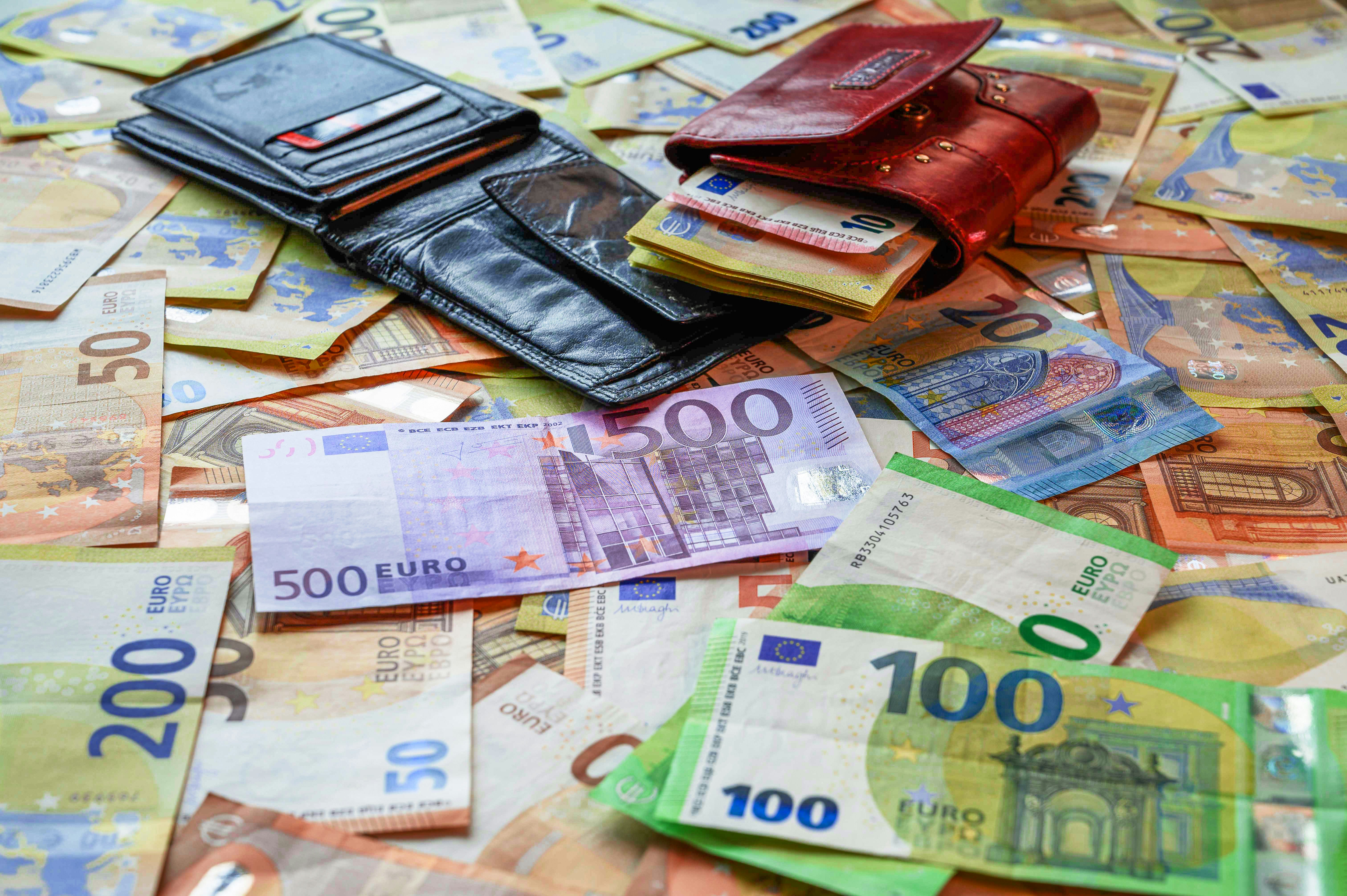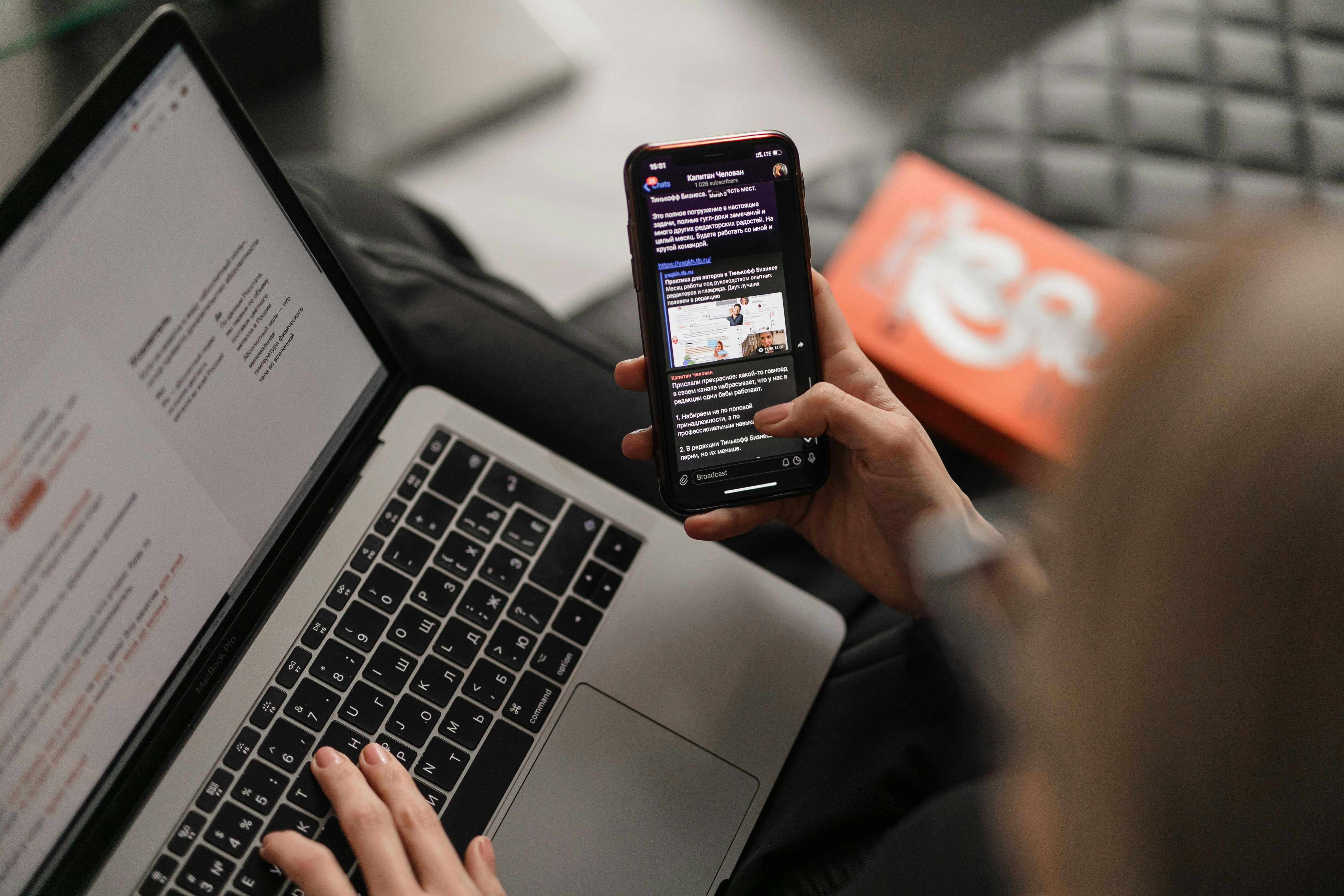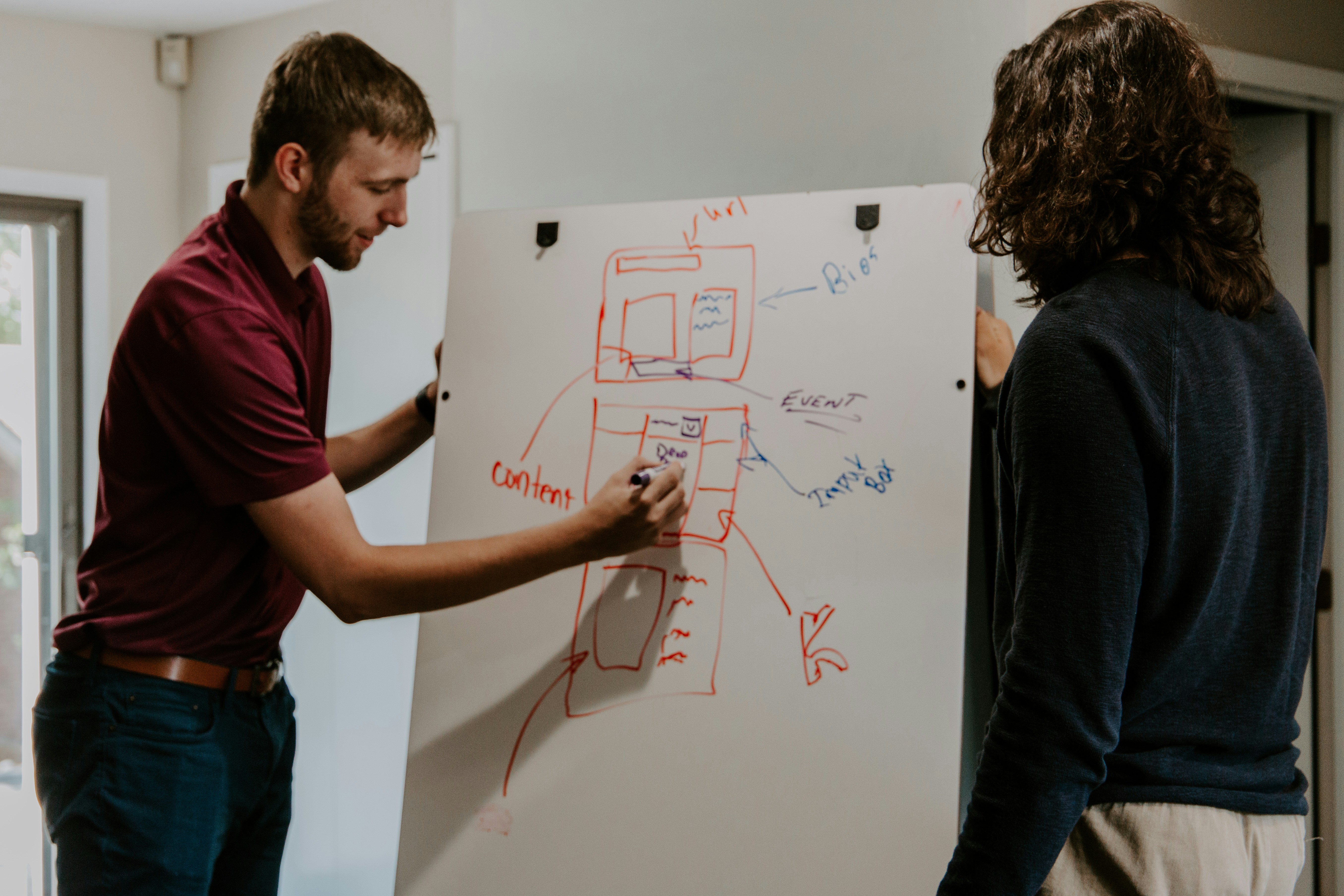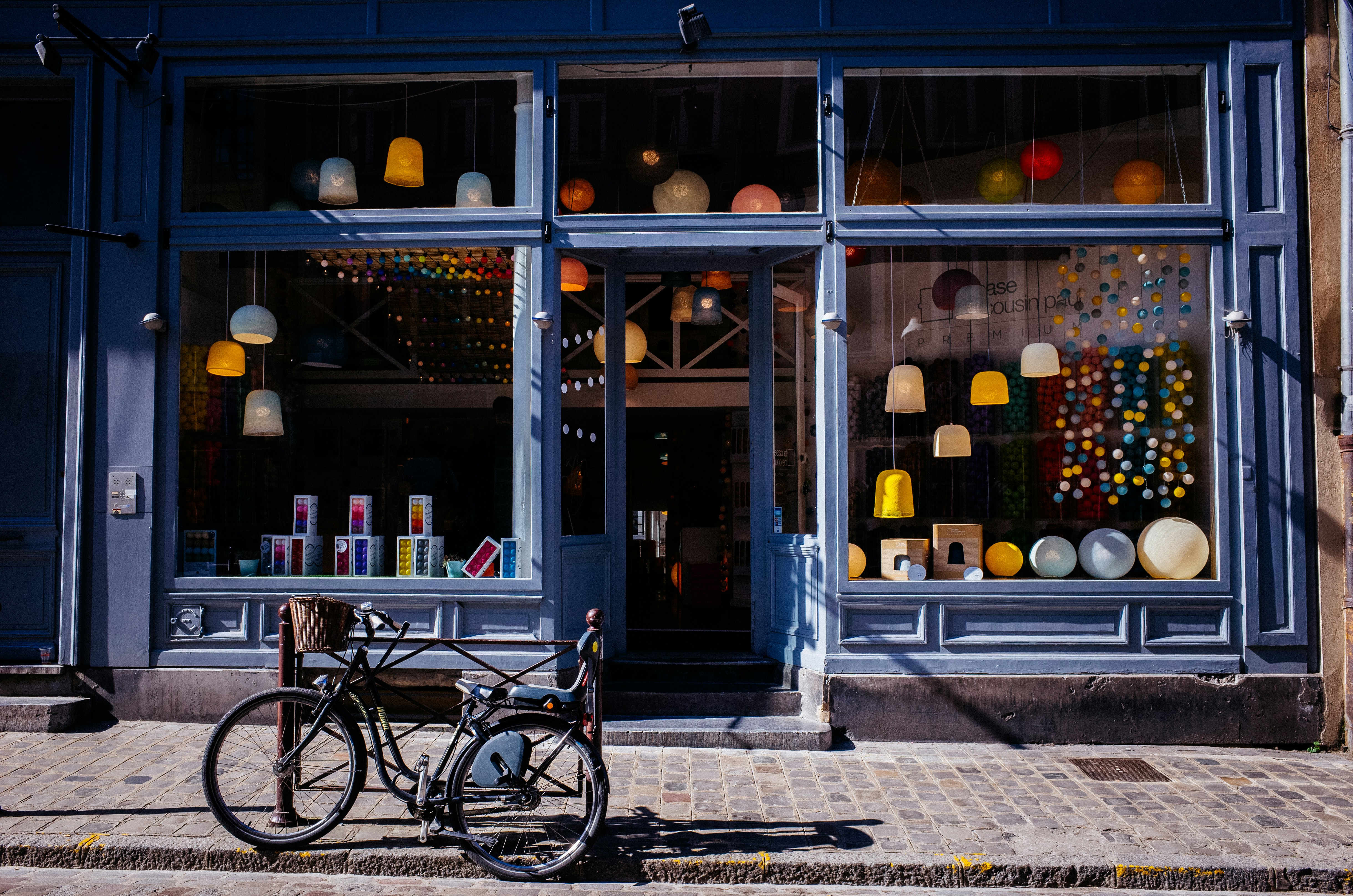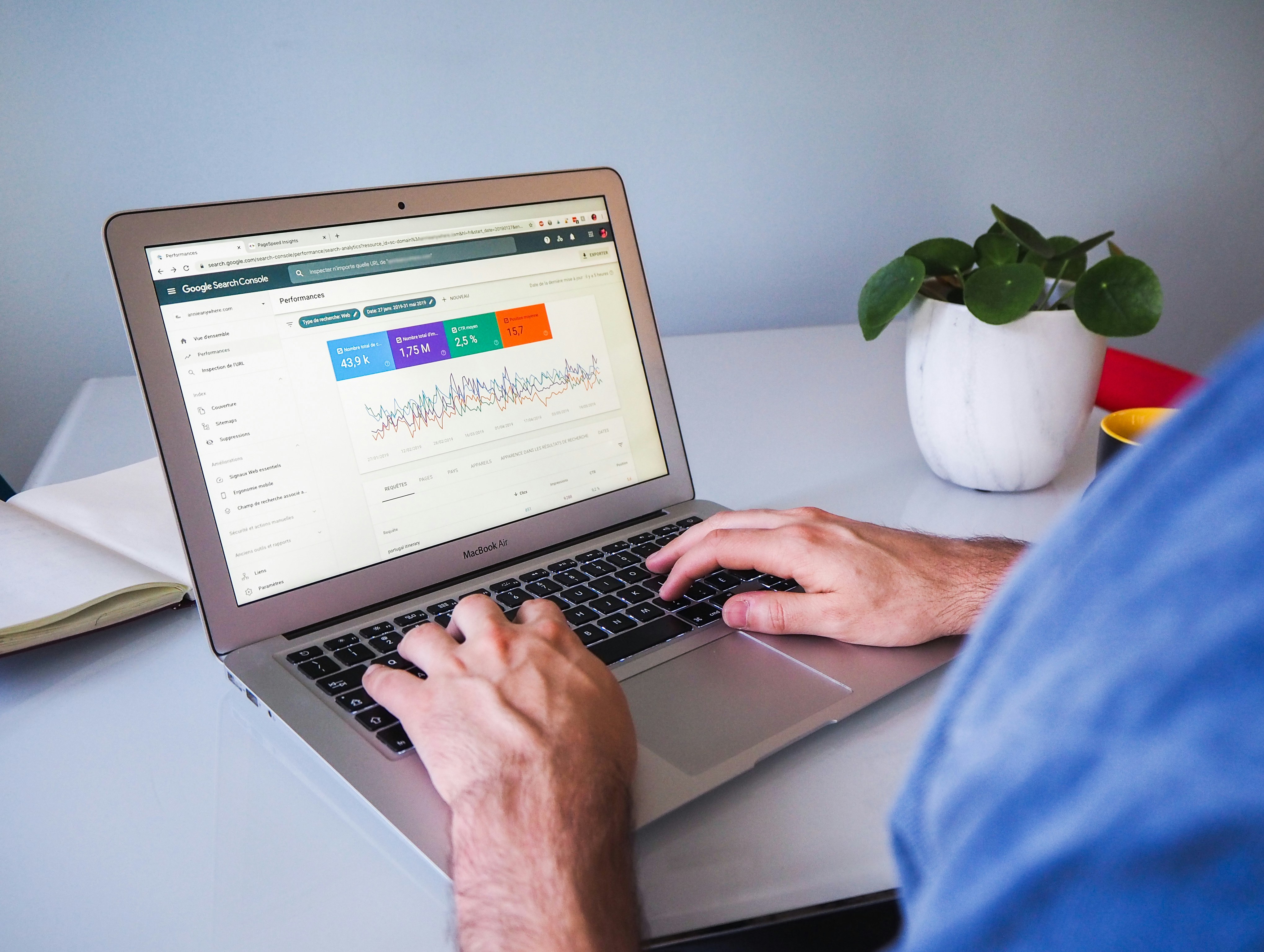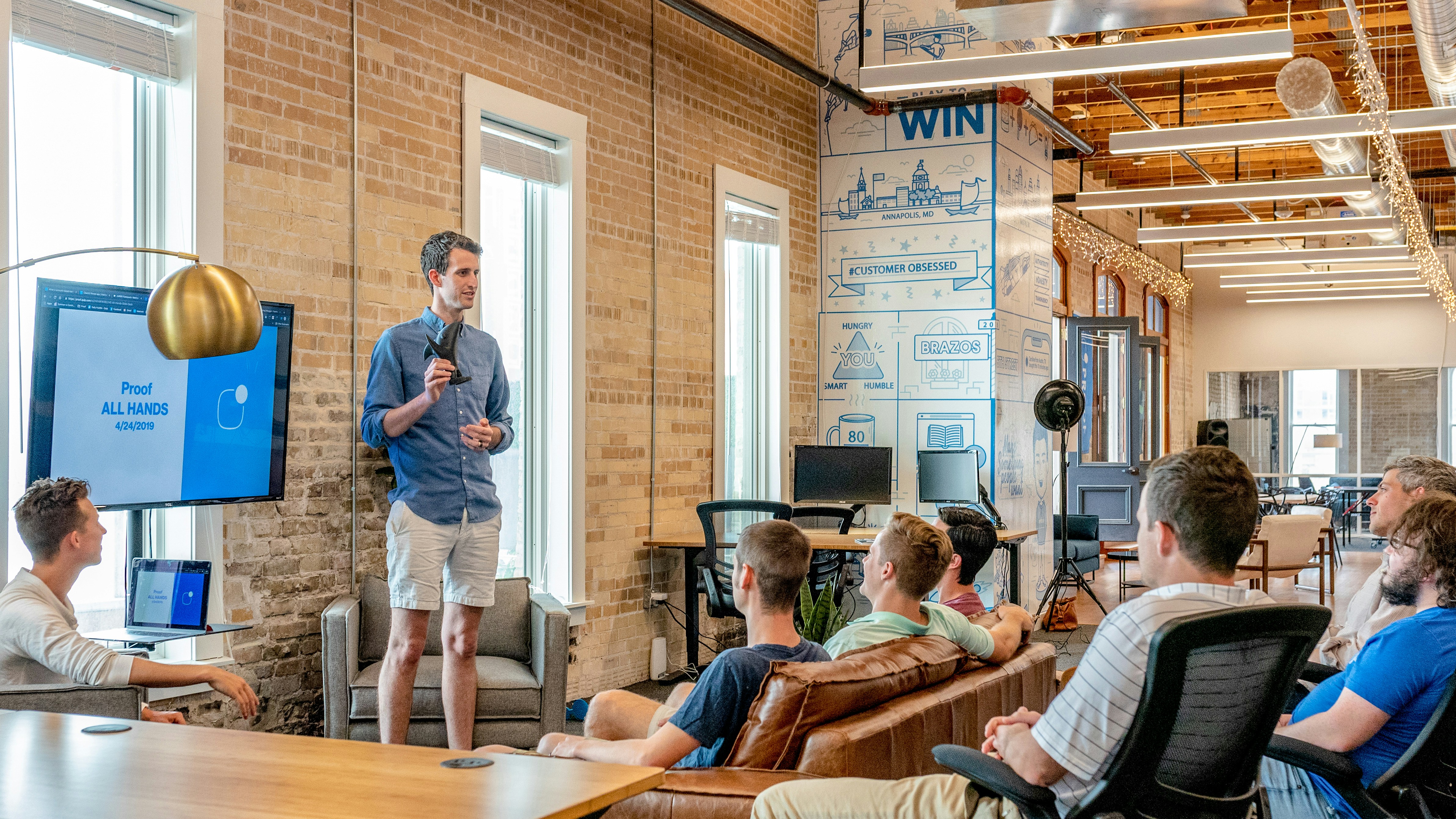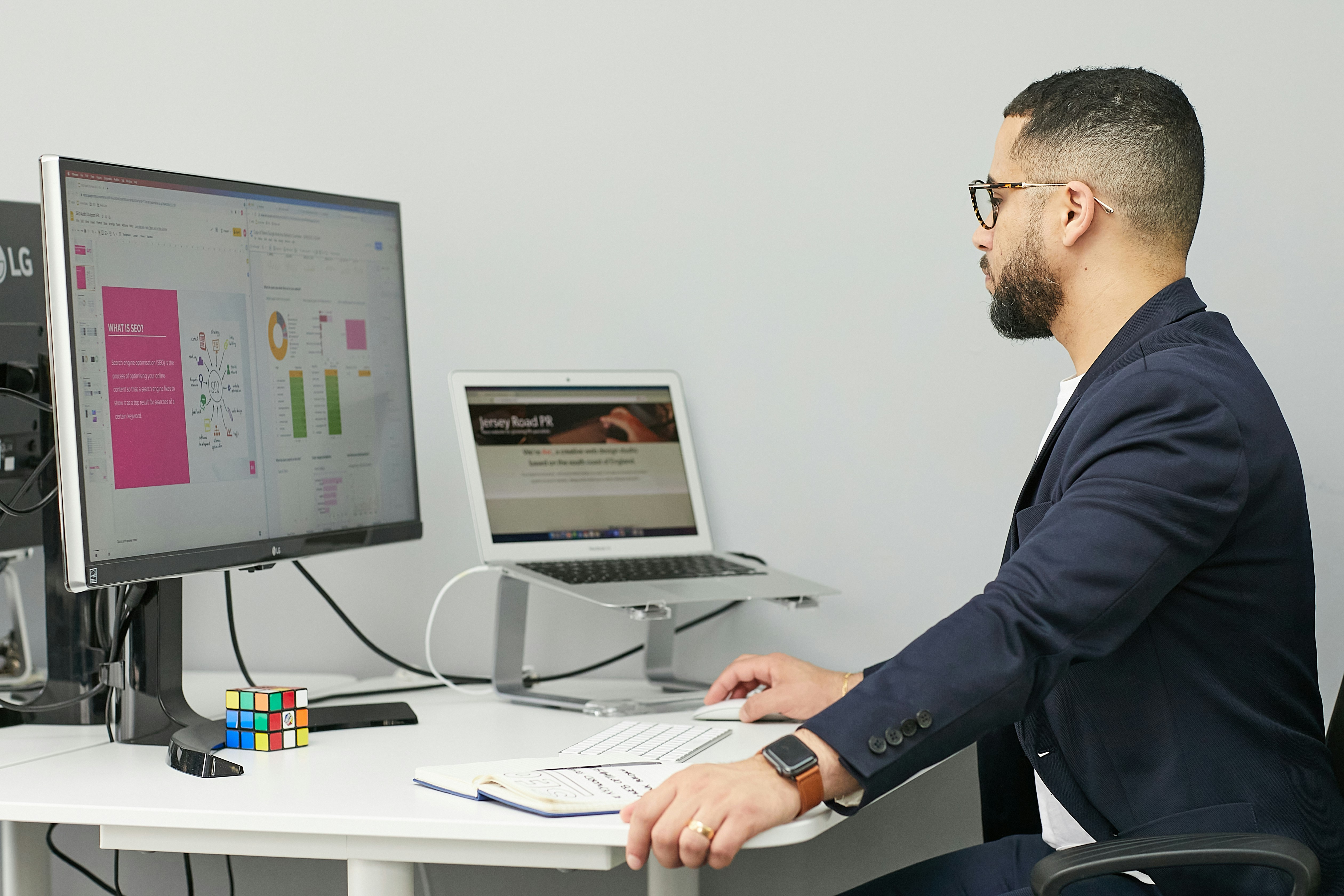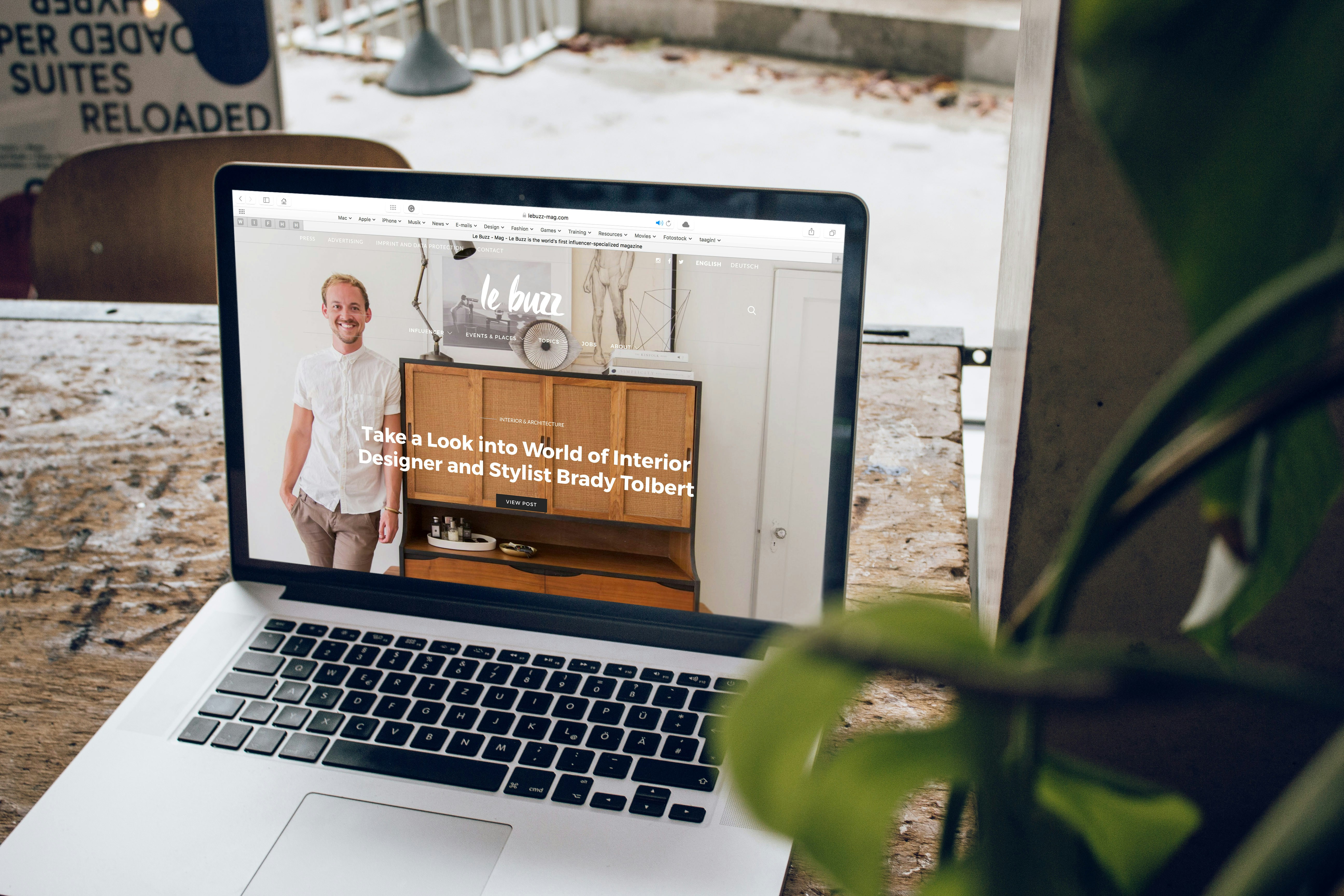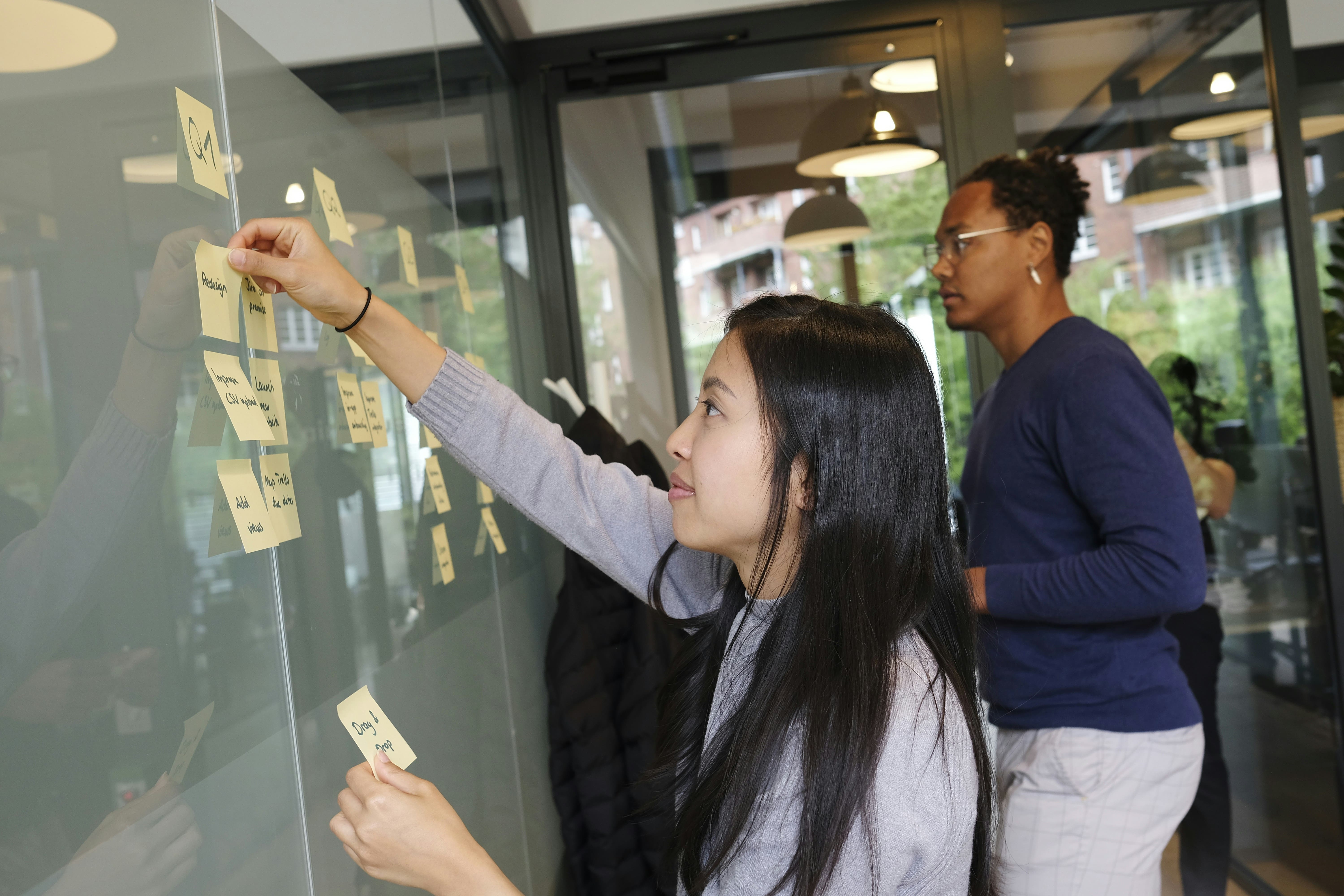Functionality & Aesthetics: How to Make Your Website Sustainable and Accessible
When we think about sustainability, we usually picture the environment — reducing emissions, reusing materials, and saving energy. But sustainability is becoming increasingly important online too. A sustainable website isn’t just one that looks good; it’s one that uses resources wisely: lower data consumption, efficient hosting, and a design built to last. It might sound technical, but the impact is surprisingly big.
Every time someone loads a webpage, energy is consumed — in data centers, across networks, and on personal devices. An energy-efficient website helps reduce this footprint. You can achieve this by optimizing images, removing unnecessary scripts, and choosing fast, reliable, and green hosting. Not only will your site load faster, but you’ll also be contributing to a more sustainable internet.
Accessibility as a Foundation
Sustainability goes hand in hand with accessibility. An accessible website is one that everyone can use — regardless of age, ability, or device. It’s about digital inclusion. Think of high-contrast color schemes for people with visual impairments, alternative text for images, and intuitive navigation. These principles are not only socially responsible; they also enhance user experience for all visitors.
A site that’s easy to use stays relevant longer. Visitors are less likely to drop off, they spend more time on your pages, and they’re more likely to return. Search engines recognize this too — accessibility and performance directly influence your SEO ranking. An inclusive, user-friendly approach strengthens both your brand and your online visibility.
Balancing Form and Function
There’s a common misconception that functional websites are boring. In reality, functionality and aesthetics complement each other. Minimalist web design is not only elegant but also efficient: fewer visual distractions mean less data transfer and faster loading times. By choosing lightweight visuals, modern typography, and subtle animations, you can create a visually appealing and fast website.
A well-structured layout also helps visitors find what they’re looking for quickly. Clear hierarchy, strategically placed call-to-actions, and readable text contribute to a seamless experience. When design and usability are in harmony, your website feels natural — as if it already understands what the visitor wants.
Longer Lifespan Through Smart Design
True sustainable web design looks to the future. Websites built with modular structures and flexible components are easier to maintain and adapt to new technologies. Think of systems where content and design are separated, or frameworks that are regularly updated and optimized.
This approach greatly extends your site’s lifespan. Instead of starting from scratch every few years, you can make continuous improvements. It saves time, money, and energy — and reduces the digital waste of outdated websites.
The Power of Small Details
The smallest details often make the biggest difference. Large, easy-to-tap buttons improve the mobile experience. Text with plenty of whitespace feels calm and readable. Videos that load only when a user chooses to play them save bandwidth. Each of these design choices contributes to a friendly, inclusive, and efficient website.
Even micro-interactions — small animations or feedback when you click a button — can enhance the user experience, as long as they’re subtle and purposeful. It’s all about balance: every element should have intent and add value to the overall journey.
Why It Matters
A fast, accessible, and sustainable website doesn’t just make users happy — it strengthens your brand. It shows professionalism, care, and forward-thinking. Visitors notice immediately when a site performs smoothly and feels easy to navigate. That sense of trust translates into greater engagement, conversions, and loyalty.
By placing sustainability and accessibility at the heart of your web design, you create a website that performs today and stays relevant tomorrow. A site that saves energy, reaches more people, and reflects your brand’s responsibility — that’s the essence of truly future-focused web design.




